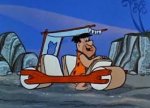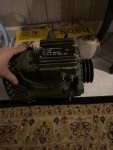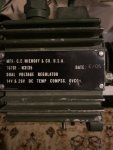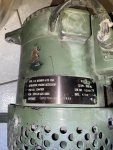- 568
- 1,375
- 93
- Location
- AL
Electronics have always been kind of "smoke n mirrors" for me. So please tell me if my comprehension is functionally correct and safe.
I have the 200amp dual voltage 28/14v alternator in my 1097A2. I would eventually like to install one or more 12v accessories.
Am I able to connect the hot/power wire of the accessory directly to the lower battery's "+" terminal or to an installed gang/bus which is connected directly to the lower battery's "+" terminal?
The accessory can be grounded to the vehicle frame/structure/engine block barring any paint or rust, etc.?
A fuse, rated below the maximum amp of the accessory, should be wired between the lower battery's "+" terminal and the accessory itself.
And lastly, the dual voltage ability of the alternator should keep both batteries properly charged despite the draw on only one battery.
Thank you in advance,
- HoveringHMMWV
I have the 200amp dual voltage 28/14v alternator in my 1097A2. I would eventually like to install one or more 12v accessories.
Am I able to connect the hot/power wire of the accessory directly to the lower battery's "+" terminal or to an installed gang/bus which is connected directly to the lower battery's "+" terminal?
The accessory can be grounded to the vehicle frame/structure/engine block barring any paint or rust, etc.?
A fuse, rated below the maximum amp of the accessory, should be wired between the lower battery's "+" terminal and the accessory itself.
And lastly, the dual voltage ability of the alternator should keep both batteries properly charged despite the draw on only one battery.
Thank you in advance,
- HoveringHMMWV




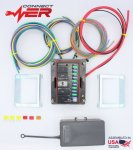
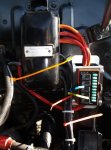
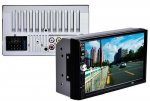
 noted to have the ability to disconnect the 12 feed to accessories. This is a good idea to eliminate any chance that the rear battery is discharged, do to leaving 12 Volt circuits active. It comes with it's own set of issues.
noted to have the ability to disconnect the 12 feed to accessories. This is a good idea to eliminate any chance that the rear battery is discharged, do to leaving 12 Volt circuits active. It comes with it's own set of issues.